A peek into Japan's Convenience Stores (Part 2)
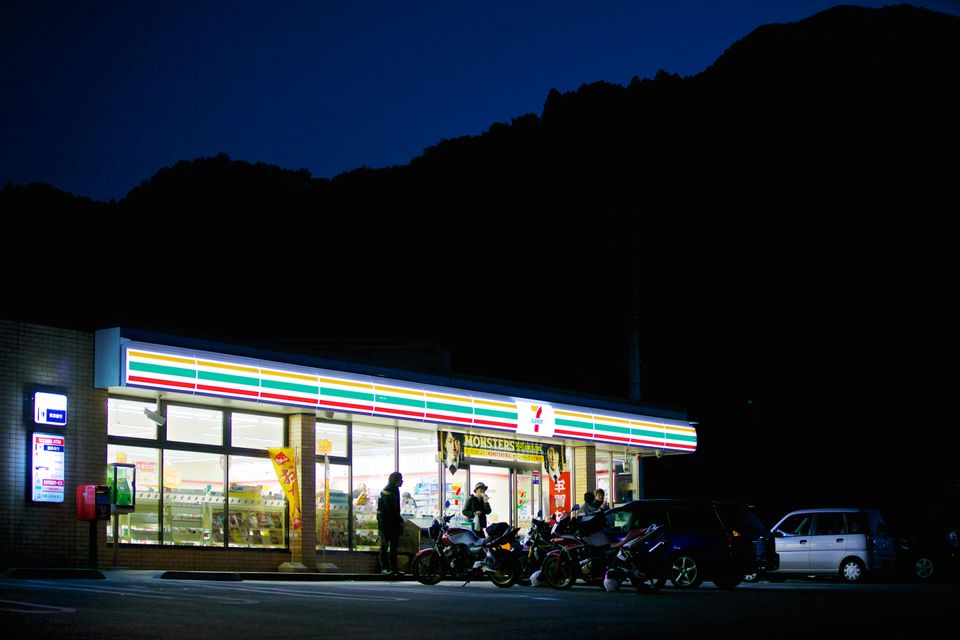
Editor’s note: This is the second of a two-part article. It will mostly make sense even without reading Part 1, but you would be missing out on a lot of context!
Before we start, let's take a quick detour to talk about that word in the heading below.
Japanese speakers have a penchant for brevity. Long words get shortened to 3 or 4 syllables. 7-Eleven (“sebun irebun”) becomes “sebu-ire”. Remote controller (“rimo-to kontoro-ra-”) becomes “rimokon”.
In the same vein, convenience store (“konbiniensu sutoa-”) becomes “konbini”, and that is what we will use for the rest of this post.
What do people go to a konbini for?
The truth? Often just to wander around and see what’s new.
Convenience stores, on average, carry around 3,000 products and their inventory is updated with dizzying frequency. Store managers can order things from a catalog of ~8,000 items that the franchise headquarters constantly updates, and have it delivered the same day.
On top of that, the scale of their operation enables them to strike deals with manufacturers to make “konbini only” variants of their products that further drive traffic and consumption.

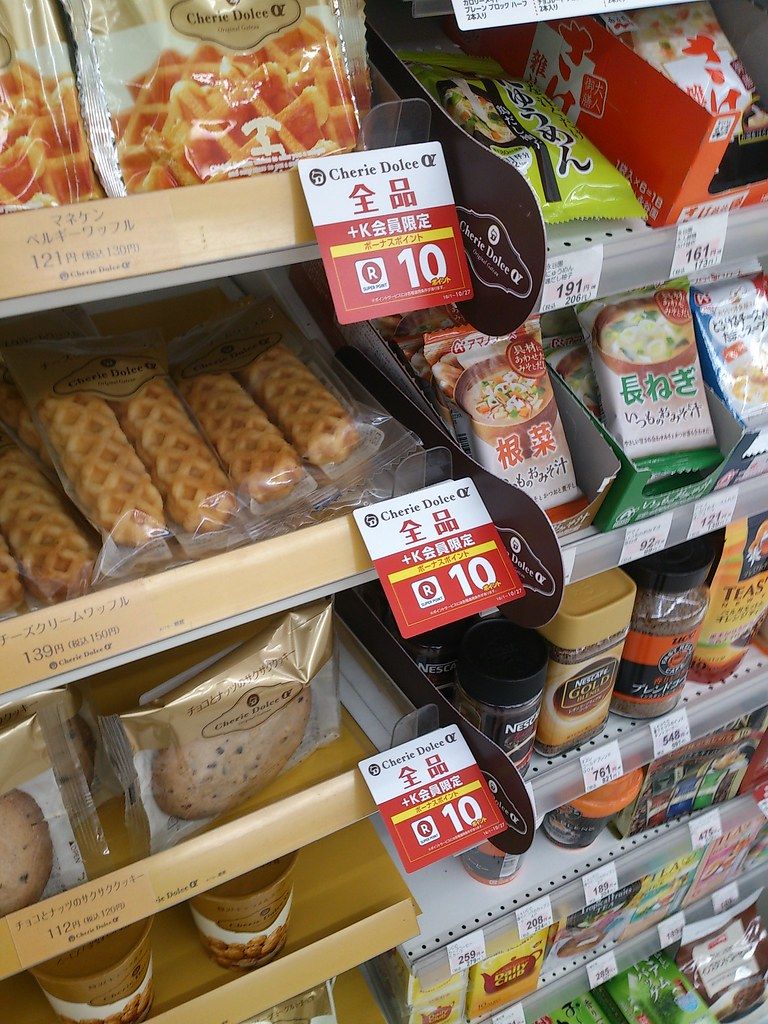
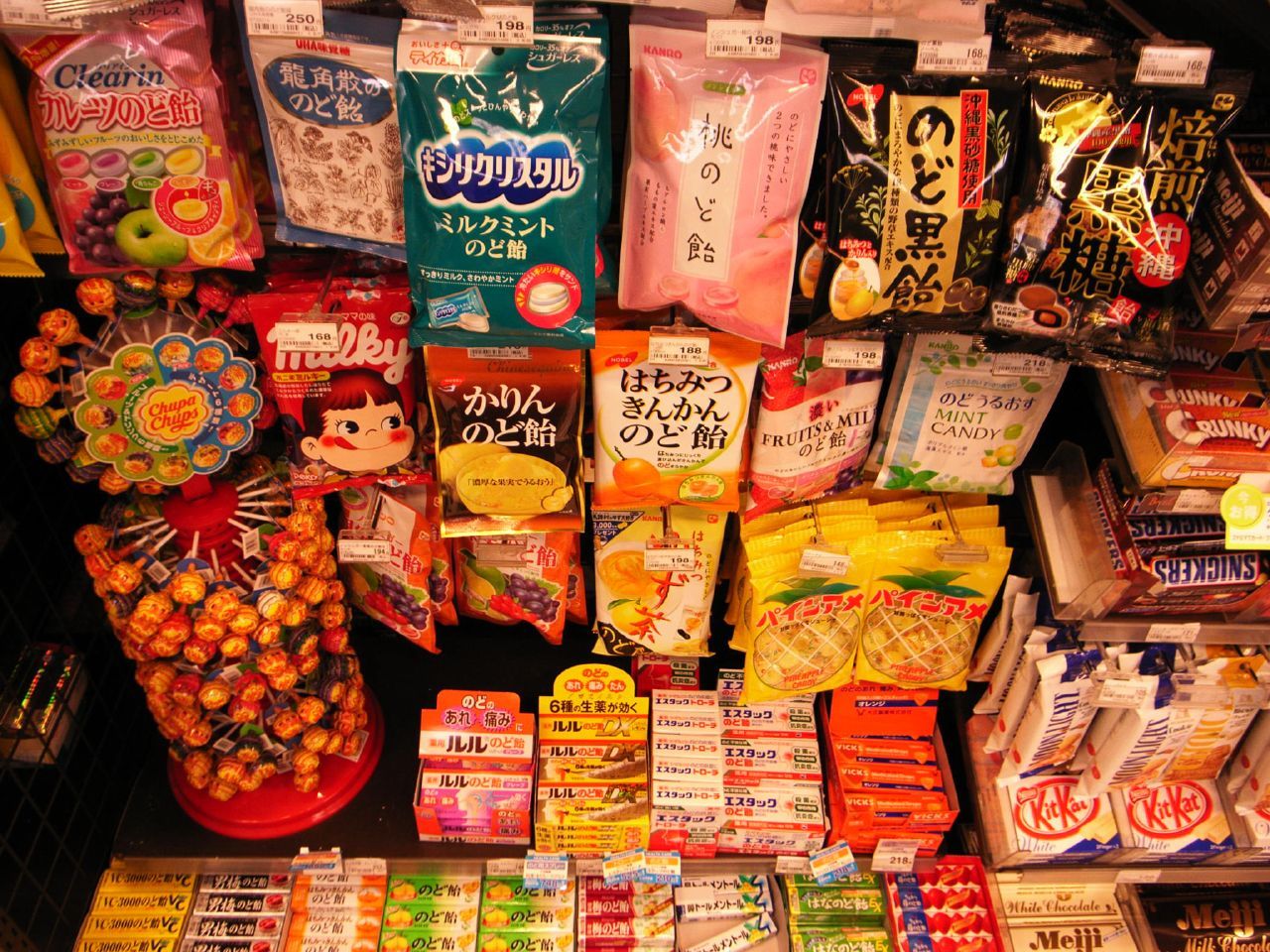

A peek inside a convenience store Sources: Dick Thomas Johnson, Nori Norisa, Kazuhiko Maeda, Staffan Asami
Konbinis carry both normal brands as well as their own store brands for many items. They compete mercilessly on their store branded products, not just with the other branded goods on the shelf, but also with other konbini brands.
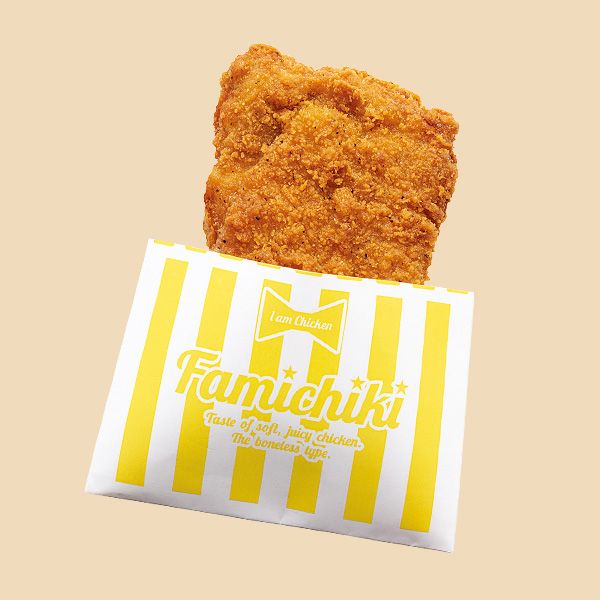
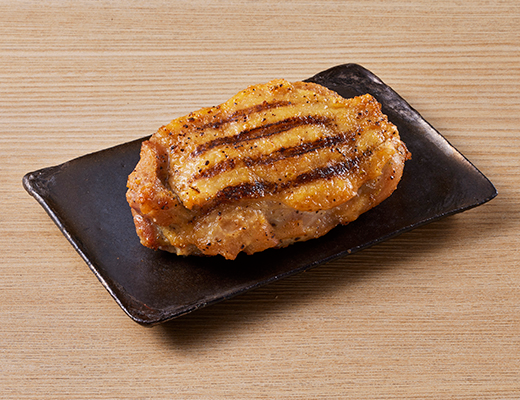
FamilyMart's Famichiki, Lawson's TanChiki Source: FamilyMart, Lawson
When FamilyMart introduces their Chicken Nuggets (fondly called “FamiChiki”) you can expect Lawson will compete with their “TanChiki” (Tanpaku (protein) Chicken).
Lunch is a busy time at the konbini. Konbinis have large scale operations that deliver fresh bentos (lunch boxes) to stores. In addition to carrying many varieties of bentos daily, the contents change with the seasons.

Most consumers prefer to pay ~500 yen (~4 USD) to buy a tasty lunch with many items, than go through the trouble of making lunch from scratch at home.
Different things to different people
Japan’s convenience stores mean different things to different people.
For 40-year-old Hiroyuki, it is a source of healthy food. “I often go home from work after midnight and stop at the konbini to grab their low-carb snacks and fresh salads. I really don’t want to eat unhealthy food. Though I probably should stop working so late.”, he says with a laugh.
For 27-year-old Shigeru, the konbini is an essential part of his side hustle. He is a prolific seller of computer parts on Mercari, Japan’s popular flea market app, and uses the konbini to send items to his buyers.
For 70-year-old Tetsuko who lives in the rural parts of Fukushima, the konbini is a lifeline. Tetsuko is one of what the Japanese government calls “shopping refugees” – people who live in areas with no nearby shopping options and are effectively unable to purchase things.
“The supermarkets and stores are far away and I can’t drive at night.” she says. She uses the nearby konbini for collecting parcels, sending post, booking tickets (with help from the friendly staff), and withdrawing cash (in Japan cash is king. Even in 2023, many places will not take cards.).
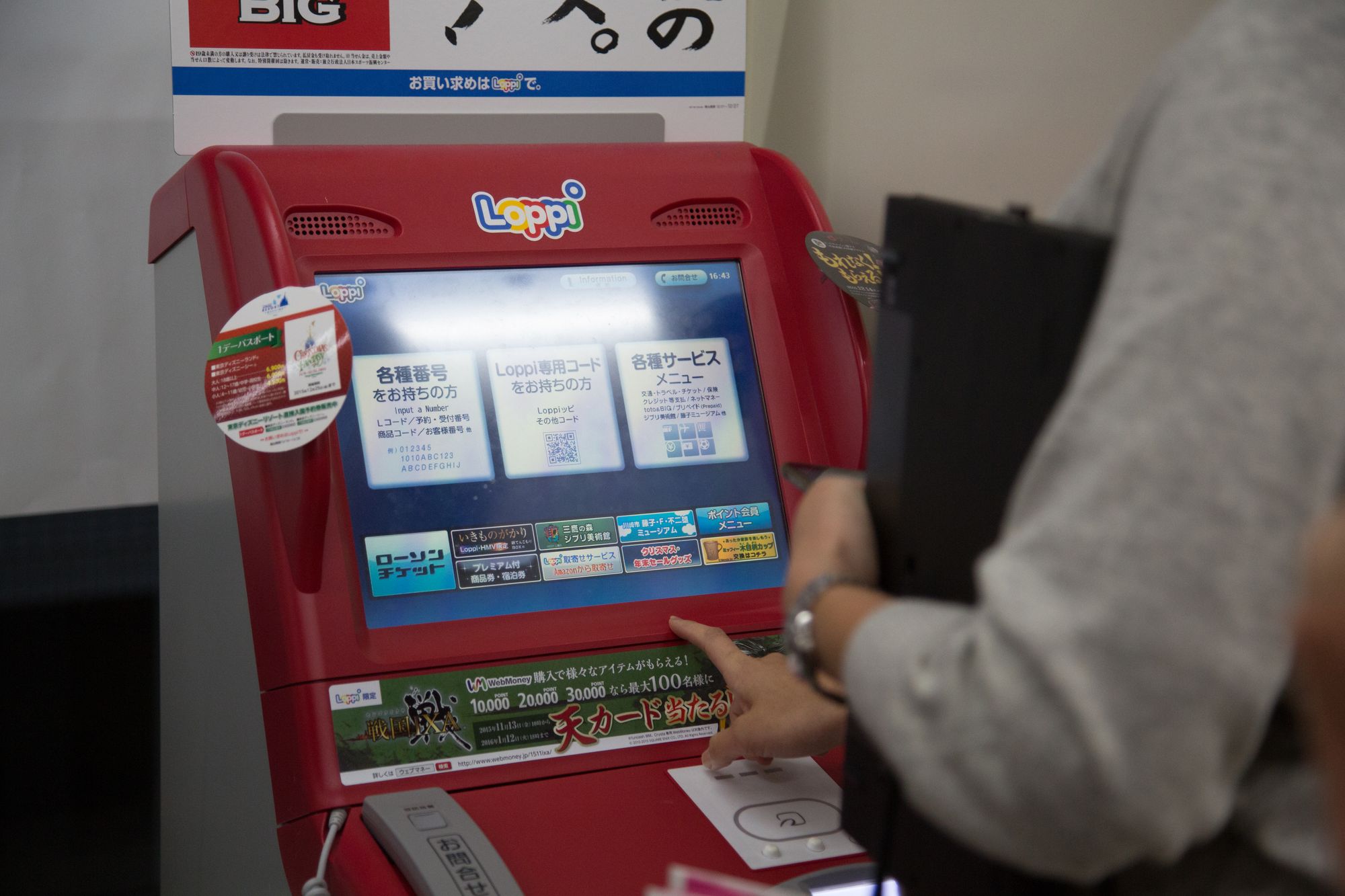
Convenience stores also invest heavily in technology. Lawson, for example, has Loppi , their in-store terminal that integrates with many external services, allowing you to book everything from concert tickets to Ghibli Museum and Disneyland tickets. FamilyMart has its “FamiPort”. 7-Eleven has integrated all their services into the multi-function photocopier in every store.
Interestingly, these machines are also connected to government services. Need an original tax certificate or proof of residence? If you have an NFC-enabled MyNumber card, getting these official documents is just a few taps away at your nearby konbini.
I never gave these services much thought but have to admit they are terribly convenient when you need that official certificate and but don't have time to go to the city office.
An interesting anecdote I came across: Lawson’s shares crashed heavily when the dotcom bubble burst. The reason? Investors were convinced it was the convenience stores that would serve as the last mile for e-commerce.
23 years later, konbinis do serve as the last mile. Most apartments in Japan only have mailboxes big enough for letters, so customers often ask Amazon to ship their items to the nearest convenience store.
Convenience stores recognize they mean different things to different people and are diversifying.
Lawson now runs “Natural Lawson” stores in select upmarket localities. These stores focus on organic foods, health, and beauty products.


Low-carb choux cream and eclair from Natural Lawson Source: Lawson, Like_the_Grand_Canyon
When low-carb foods became a thing across the nation in 2016, all the major konbinis introduced low-carb sweets and snacks that have ever since been a godsend to those trying to lose weight while fighting their sweet tooth.
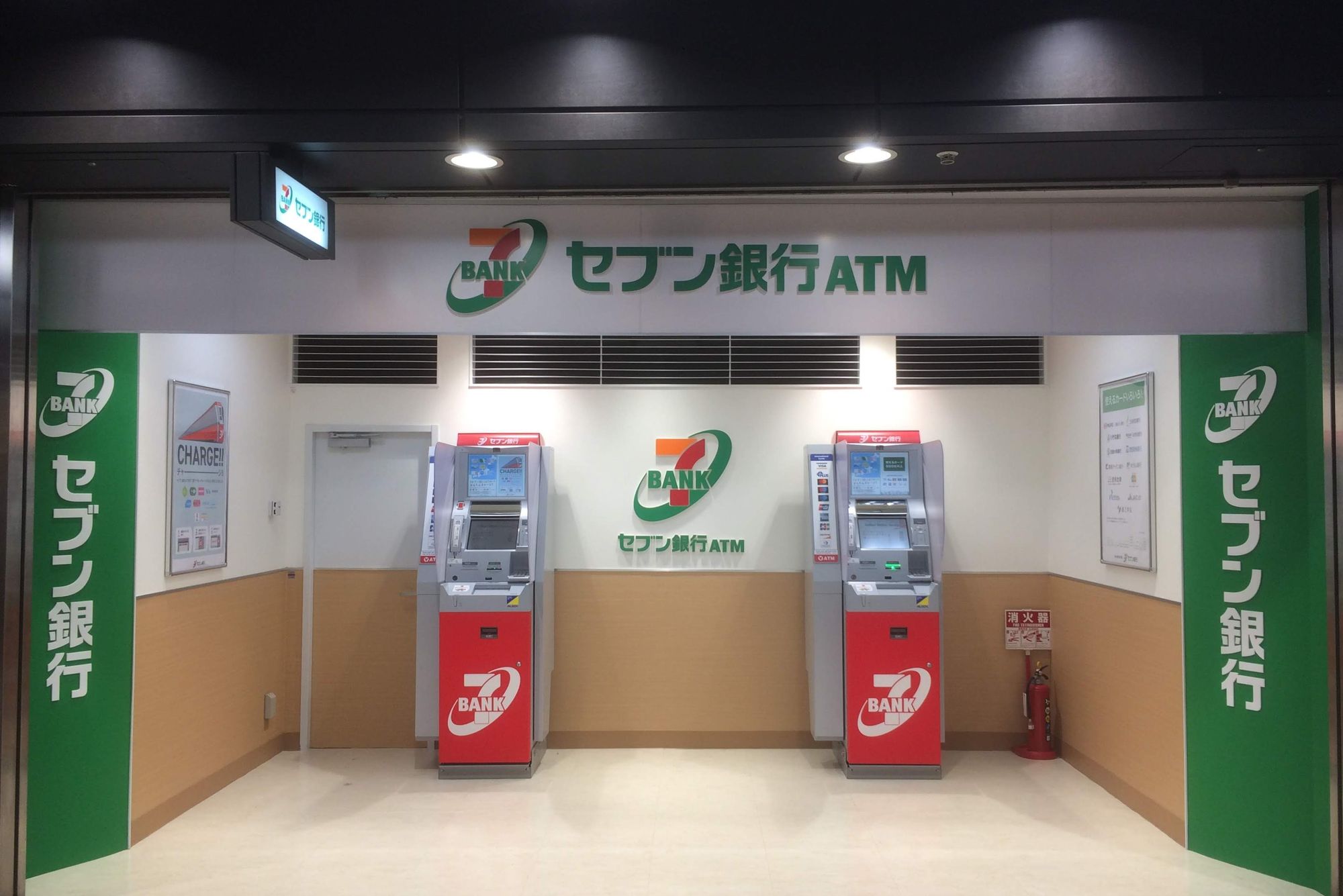
In a country where ATMs close at night (no, seriously..) 7-Eleven started its own bank with in-store ATMs where customers can access cash at any time. You can also draw cash from accounts in other banks, for a small fee.
The Japanese government has designated convenience stores as support stations during natural disasters. In such situations, convenience stores will, at a minimum, provide tap water, toilets, and directions for people in affected areas. Often, konbinis also contribute food and supplies to local emergency shelters.
Working in a convenience store
The spotless store, clean toilets, and fully stocked shelves don’t happen by themselves. Each franchise has an army that keeps things running smoothly.
We spoke to Claudia (name changed), a foreign student in Chiba prefecture, who works at a konbini.
“I work the night shift (9pm to 5am) because I have to go to school during the day, but also because it pays better at night.”.
In Chiba, staff make ~1000 yen an hour ($7.15 as of 3rd June 2023) with health insurance provided by the government. In one night shift, Claudia makes 11,200 yen ($70). To put this into perspective, her rent is 40,000 yen ($280).
“The store is safe. Employees are never alone. We are connected to HQ, as well as to the police if we need them. I honestly laughed when they told me this during training. When am I ever going to need to call the police?” she says.
Working at a konbini involves going through a structured training program with a mentor – often the store manager.
She says “Store managers have it rough. My manager is at the store 7 days a week and many nights. He is constantly on top of things, making sure the store is run to the best standards”.
Like most franchise businesses, convenience stores also have mystery shoppers who send feedback to the franchise. Too many uncorrected problems and the franchisee’s contract renewal is at risk.
Most franchisees don’t seem to be troubled by this and take pride that their store is a pillar in the community.
“Something I discovered only after I started working here is just how serious stores are about safety and cleanliness. We monitor freezer temperatures hourly, we check expiry times on all food items, we have two people confirm all equipment used for cooking is clean, and of course, someone always does the toire check.”.
For the uninitiated, the toire check is where an employee checks to make sure the toilets are clean and stocked. On the toilet door is a check sheet that employees sign when the cleaning is done, keeping the store accountable, but also assuring users that the toilet is clean.
The future of the konbini
One side-effect of always having fully stocked shelves is that they choose disposal risk over no-inventory risk. Food loss is a problem every company is looking to reduce.
Accurate numbers for food loss from konbinis are not published, but from public information the estimated amount of food thrown away, despite being safe to eat, is a staggering 25,000 tons.
Lawson, for example, is experimenting with frozen fresh bentos. I admit this sounds like an oxymoron, but the company reasons if they succeed in their experiments the bento will taste almost as good as a freshly made one without the food loss that comes with it.
With equipment running 24x7, konbinis are heavy energy consumers. Their scale allows them to push hardware vendors for significant and clear improvements. Enhanced freezers and refrigerators are rolled out frequently. After all, every yen saved on energy is a yen that can be invested elsewhere.
Changing demographics, robots, and automation
With a shrinking population comes labor shortage.
Convenience stores increasingly employ foreigners who may not speak Japanese at a native level, so franchisees work on improving their processes to ensure every employee is able to provide the same quick, friendly service their customers have come to expect.
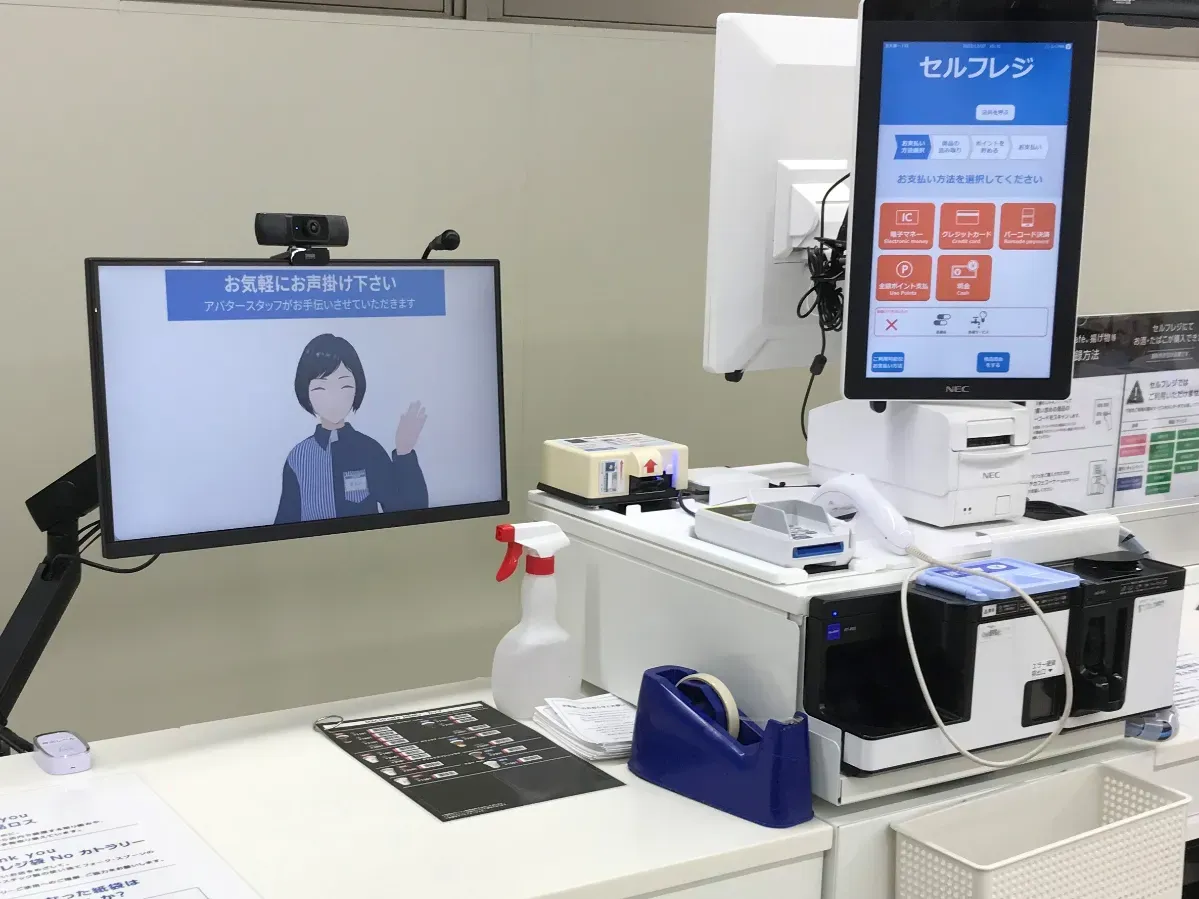
Some are also exploring futuristic options like avatars. In collaboration with robotics company Avita, Lawson now has stores in Tokyo where customers are assisted by avatars. These avatars are operated remotely by employees in rural areas, where employment opportunities are fewer.
There are so many other things I discovered in my research that I would love to cover, but at 1,650 words I shall now hit Submit on this post and go get a 2am snack from the nearest konbini!